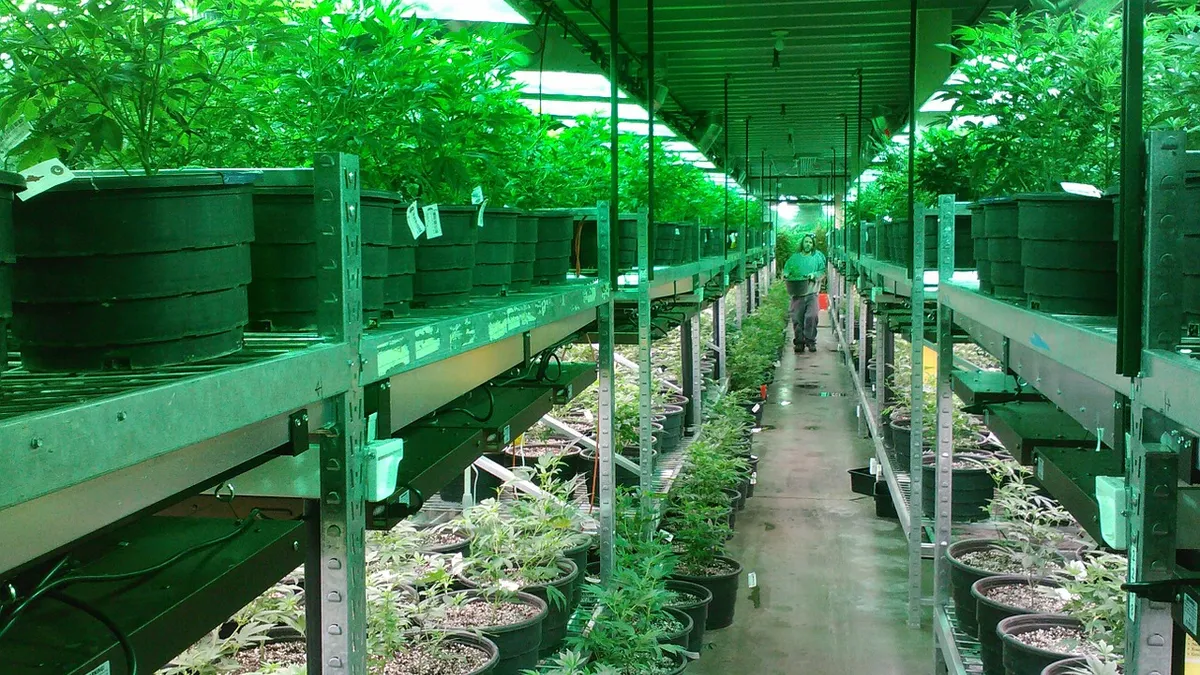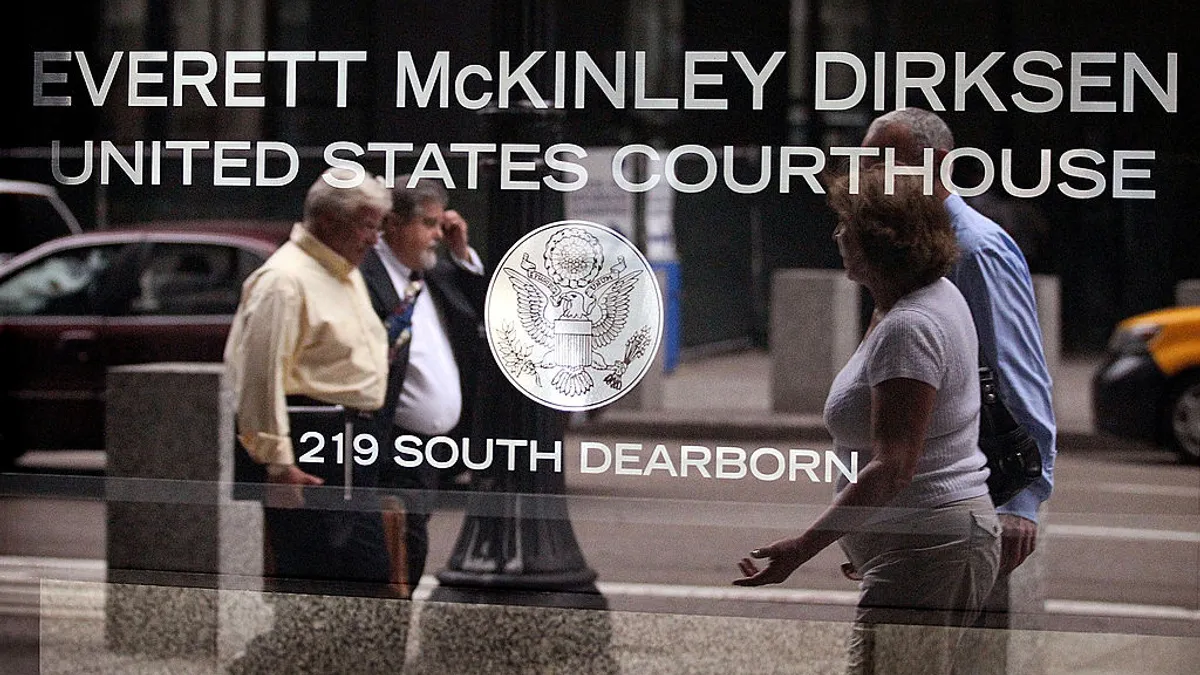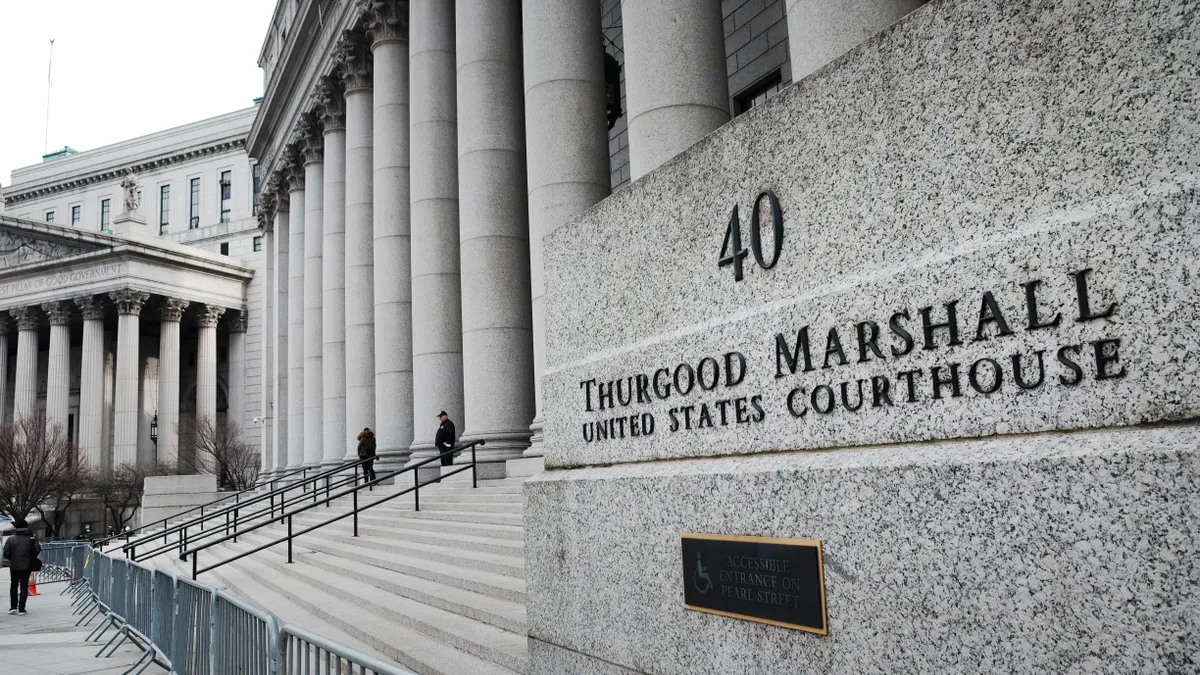WASHINGTON, D.C. -- The Society for Human Resource Management (SHRM) holds a panel on state and national drug law each year at its employment law and legislative conference, but this year, shifts in state law — and deep tragedy — have brought the issue to the forefront.
James Reidy, attorney at Sheehan Phinney Bass & Green PA, jokingly said he’s become known as the “pot lawyer” partly thanks to the wave of marijuana laws and court precedent that has forced employers to reconsider their drug and alcohol policies and testing procedures. At the same time, the opioid crisis continues to rout communities and is draining employers of talent and productivity dollars, prompting many into action.
What’s an employer to do? That’s the question of the day.
Federal action isn’t clarifying matters much. Earlier this year, U.S. Attorney General Jeff Sessions rolled back the 2013 Obama-era Cole memo that essentially relaxed federal enforcement of marijuana law on states that had legalized its use. So far, employers don’t have much detail on how this newly sparked conflict between state and federal law will look.
But on a personal level, social mores on marijuana continue their massive sea change, and in a tight labor market, its now almost a liability in some workplaces to have a zero tolerance policy on drug use, Reidy said. While CEOs still tend to opt for termination over rehabilitation for drug use, the reality is that employers may not be able to afford to do so while recruitment and retention remain a key HR concern.
During the panel, many attendees reported they mandated post-accident drug testing, reasonable suspicion testing and random testing, but Reidy noted that national numbers on all three practices were trending downward. If anything, employers may need to reconsider their drug testing and use policies — both to accommodate changing marijuana law and to reach out to those struggling with addiction.
By the numbers
If an HR manager hasn’t dealt with a drug issue at their workplace yet, its likely they will very soon. According to stats that Reidy shared:
-
28.6 million people used an illicit drug in the prior month and 24 million of those had used marijuana; and
-
71% of employers are impacted by prescription drug abuse but 81% of employers lack a comprehensive drug-free workplace policy (though Reidy said he doubts that stat).
Employers are dealing with the whole spectrum of drug use, from alcohol and marijuana all the way up to heroin abuse — already a difficult issue without the myriad of state laws varying on marijuana’s legal status.
Generally, employees that abuse drugs contribute to increased turnover and are less productive at work, making this a central issue of modern workplace management.
The current state of (and tension within) the laws
Currently, 30 states and D.C. have legalized marijuana in some form, while eight have legalized it recreationally, including D.C. The federal government maintains its hardline stance against marijuana, and it remains wholly illegal at the federal level. That disconnect has prompted employers to reconsider how they respond to marijuana use outside of work, but even testing at work has come under some scrutiny.
Upon an informal poll of the room, some attendees noted that they had changed their drug policies and testing procedures to remove marijuana testing entirely from their processes.
Employers generally retain the right to discipline an employee who is impaired by drugs while at work. But while blood alcohol content is a well-accepted standard of how impaired someone is, for example, there are currently no widely adopted tests for how much THC in the body (the cannabinoids responsible for the mind-altering aspects of marijuana) is considered acceptable. And hair follicle tests can show results differently for different hair types, which could create an issue of disparate impact, Reidy said.
So who is impaired, and therefore breaking policy, while on the job, especially in states where marijuana is legal recreationally? Good luck finding out.
Beyond marijuana legalization, some states are wading into laws around employee rights and protections regarding marijuana use. Maine now prohibits employers from discriminating against workers based on their marijuana use outside of work, for example.
Will states ultimately win out over the current federal stance? “Don’t bet the farm on it,” Reidy said — mostly thanks to worker’s compensation.
Carriers still do not pay for medical marijuana as part of an injured worker’s treatment, and they rely on federal law to maintain that position. After the 2013 Cole memo, some courts began to force carriers to pay up for medical marijuana treatments due to the low risk of prosecution, Reidy said, but now that memo is no longer in play.
Opioids at work are changing approaches to addiction
Marijuana legalization is a complex aspect of legal compliance, but opioids have forced employers to reconsider how they approach addiction. As already noted, addiction places huge drains on employer productivity — and that doesn’t even account for the very human cost of addiction injury and death. One in five workplace injuries and near misses were caused by misuse of drugs, and opioid abuse alone can cost employers $12 billion each year, Reidy noted.
Forward-thinking HR people may face serious barriers in perception on this issue, however; while 71% of employers say addiction is a disease that needs treatment, 65% are likely to fire someone with an opioid addiction.
In response, Reidy suggests a two-pronged approach that includes education, especially of company supervisors, and alternative methods of pain management. HR will need to align with employee assistance programs (EAPs) and with workers’ comp providers to lessen the use of opioids and get provider buy-in for the anti-opioid direction.
Employers also can work toward being more proactive in how they handle addiction by ensuring confidential access to help if asked and generally not opting for immediate termination if they can help it — though that doesn’t mean employers are required to ignore drug problems. (They should, however, review any applicable disability nondiscrimination laws.)
What should your drug policy look like?
One major theme from the panel: Adopt or update your comprehensive drug and alcohol policy now.
Currently, zero-tolerance policies (including marijuana) are still acceptable, Reidy said. But increasingly, the pressure to recruit and retain individuals are pushing HR departments to relax these policies.
Either way, policies must:
-
Prohibit the use, possession and sale of drugs on company premises;
-
Forbid showing up to work under the influence;
-
Reserve the right to conduct searches on workstations; and
-
Ensure compliance with applicable state and federal laws.
If you do continue to test employees for drug use, be sure to fully explain the testing procedures. Describe what happens if a test is positive or if the employee refuses to take the test. And have employees who take prescription medications that could impair performance inform the employer — though Reidy notes that this can get complicated and involve health disclosures an employee may not have wanted to make otherwise.
Does the Americans with Disabilities Act (ADA) protect medical marijuana users? No. Not yet, anyway. Currently, while medical marijuana use is “not permitted” as a reasonable accommodation, states have their own policies on this. One case in Connecticut upheld the status of a qualified medical marijuana patient, which could signal future change in this area.
Generally, however, if your conduct and performance expectations are clear and an employee is impaired, you can still discipline them. Consistency is key.
While not many workplaces are considered ‘recovery friendly’ as of yet, more employers may move in that direction as the war for talent continues to heat up — and as more employers recognize the social good it can do for communities, Reidy said. Like the increased acceptance of hiring the formerly incarcerated, drug use rehabilitation at work may soon be seen as a boon for employers and employees alike.






















